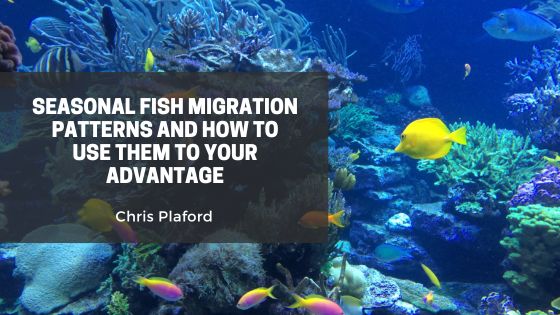Fishing success is often about being in the right place at the right time, and one of the most effective ways to achieve that is by understanding seasonal fish migration patterns. Many fish species move throughout the year to find optimal conditions for feeding, spawning, or avoiding harsh environmental factors. By learning these patterns, anglers can significantly improve their chances of making a great catch.
Why Fish Migrate
Fish migration is largely driven by changes in water temperature, food availability, and breeding needs. As seasons shift, these factors fluctuate, prompting fish to move to different locations. In spring, for example, many species move toward warmer shallow waters to spawn. In summer, they may head deeper where the water is cooler and oxygen levels are stable. Come fall, fish often prepare for winter by feeding heavily, while in winter, some species slow their activity and gather in deeper, stable-temperature waters.
Identifying Patterns for Popular Species
Different fish have unique migration habits. Striped bass, for example, migrate along coastal waters in response to temperature changes and prey availability. Salmon famously travel upstream to spawn in freshwater rivers during specific seasons. Walleye and bass often move closer to shore in spring and fall but seek deeper, cooler zones in mid-summer. By researching the migration habits of your target species in your region, you can plan your fishing trips for peak activity.
Using Seasonal Movements to Your Advantage
Timing is everything. In spring, focus your efforts shallow- bays, rivers, and shorelines where fish are spawning. During summer, target drop-offs, ledges, or deeper channels where fish seek cooler waters. Fall is an ideal time to catch fish in transition, feeding aggressively before winter. Winter fishing requires identifying deep, slow-moving waters where fish conserve energy.
Tools and Technology for Tracking Migration
Modern anglers have access to advanced tools to track fish movements. Fish finders, GPS mapping, and water temperature monitors help pinpoint where fish are most likely to be. Many fishing apps also share seasonal migration updates, crowd-sourced from local anglers. Additionally, keeping your own log of water conditions, catches, and dates can reveal valuable patterns over time.
Environmental Considerations
While migration patterns are reliable, they can be disrupted by environmental changes such as drought, flooding, or shifts in climate. Warmer winters can alter spawning times, while heavy rains can influence water clarity and fish location. Staying informed about current environmental conditions ensures your fishing strategy remains effective.
Conclusion
Understanding seasonal fish migration is not just a matter of biology: it’s a strategic advantage. By aligning your fishing trips with these natural patterns, you can greatly increase your success rate. Whether you’re after salmon in the fall, bass in the spring, or trout in the winter, knowing when and where fish will be can turn an ordinary day on the water into an exceptional one.
